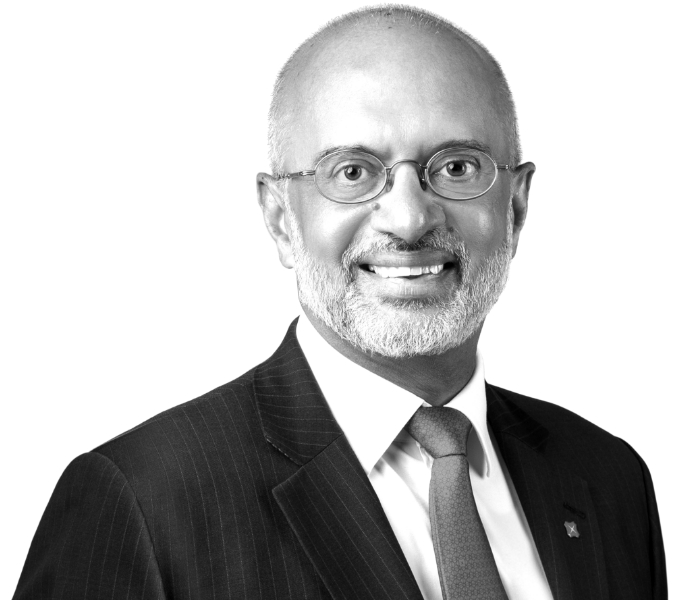CEO reflections
Piyush Gupta shares his thoughts on some pertinent matters.
At 50, DBS is at a crossroads. So, too, is banking. What is clear is that what has got us this far will not take us into the future.

Business Model
This section discusses our business model and provides details on how we use our resources and distribute value to our stakeholders.
Performance
This section provides information on our financials, 2017 priorities and performance by customer segments.
Governance and Risk Management
This section details our commitment to sound and effective governance, risk management and sustainability.